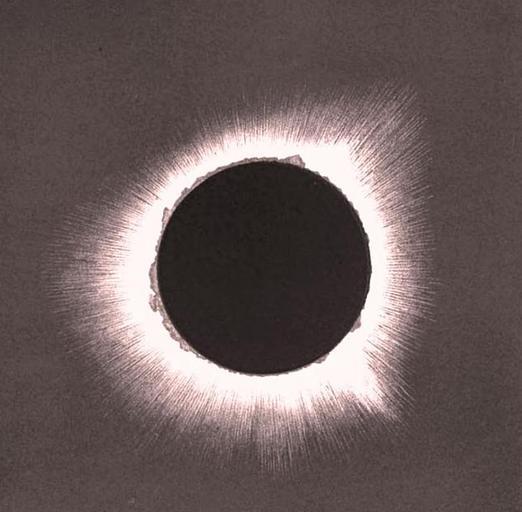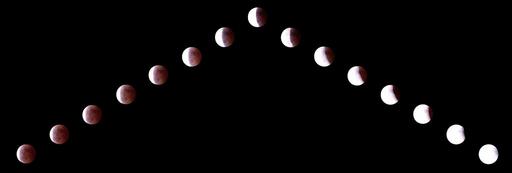Many of us know what an eclipse is. Some of us have even had the chance to see one. However, there is much more to know about this event. Let’s dig in and find out more.
By the end of this topic, you are expected to;
An eclipse refers to an astronomical event that occurs when an astronomical object is obscured temporarily, either by having another body pass between it and the viewer or by passing into the shadow of another body. Syzygy is the name given to the alignment of the three celestial objects. Apart from syzygy, the word eclipse is also used when a spacecraft reaches a position where it can observe two celestial bodies so aligned. An eclipse comes as a result of either transit (partially hidden) or an occultation (completely hidden).
Eclipse is mostly used to refer to either a solar eclipse or a lunar eclipse.
A solar eclipse is when the shadow of the moon crosses the surface of the earth, as shown in the below image.

A lunar eclipse is when the moon moves into the shadow of the earth, as shown in the below image.

However, eclipse can refer to events beyond the earth-moon system. For example, a planet moving into the shadow cast by one of its moons, a moon passing into the shadow of another moon or a moon passing into the shadow that is cast by its host planet. Eclipses can also be produced by a binary star system if the plane of the orbit of its constituent stars intersects the position of the observer.
For the cases of the lunar and solar eclipses, this only happens during an eclipse season. These are the two times of the year when the plane of the orbit of the earth around the sun crosses with the plane of the orbit of the moon around the earth. The type of solar eclipse that occurs during every season (whether partial, annular, hybrid, or total) depends on the apparent sizes of the moon and sun. If the earth’s orbit around the sun and the orbit of the moon around the earth were both in the same plane with each other, the eclipses would occur every month. A lunar eclipse would occur every full moon and a solar eclipse would occur every new moon. If both orbits were perfectly circular, each solar eclipse would be of the same type every month. It is as a result of the non-circular and non-planar differences that eclipses are not an event that is very common.
For any two objects that are in space, a line can be extended from the first object through the second. Some amount of light emitted by the first will be blocked by the second. This creates a region of shadow around the axis of the line. Typically, these objects are moving with respect to each other and their surroundings. Therefore, the resulting shadow will sweep through a region of space. The shadowing effect is referred to as an eclipse. The region of the shadow of an object is divided into three parts:
A total eclipse occurs when the observer is in the umbra, a partial eclipse when the observer is in the penumbra and an annular eclipse when the observer is in the antumbra.